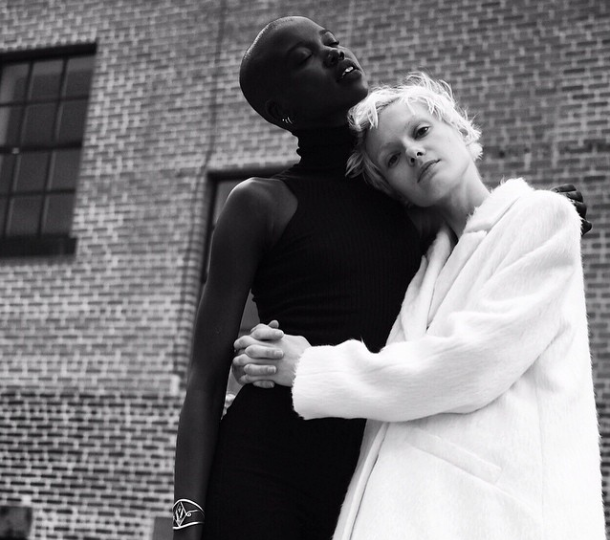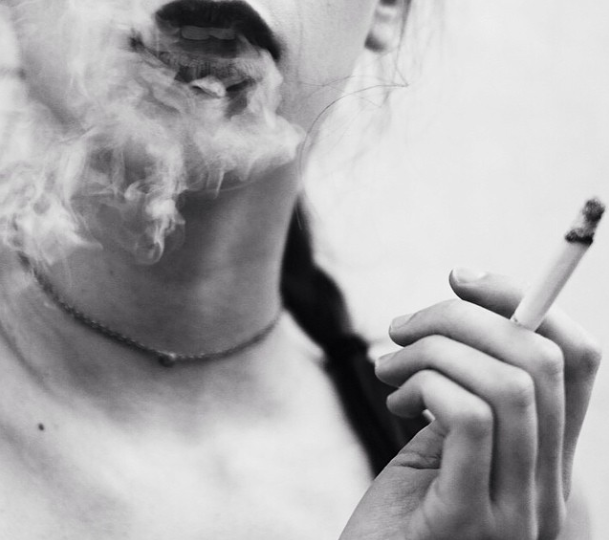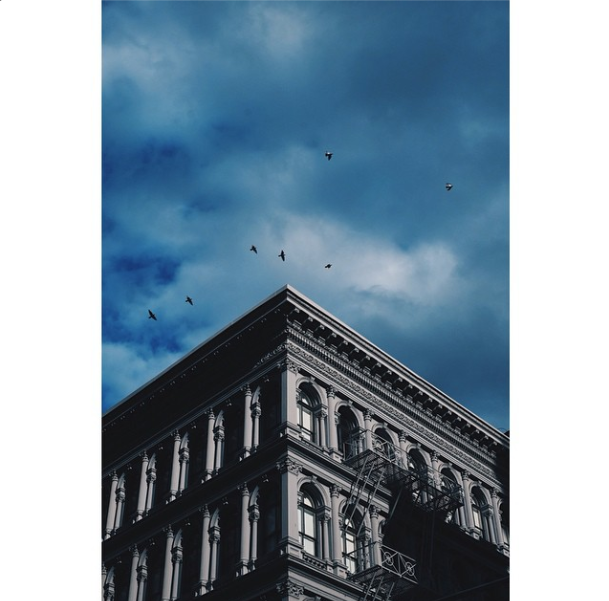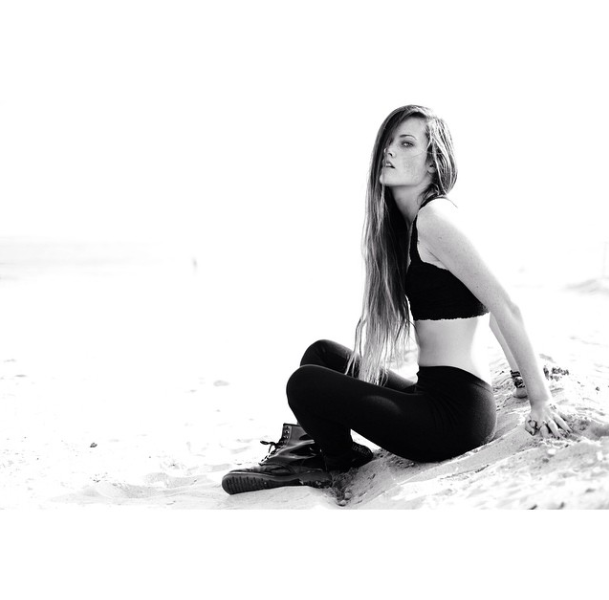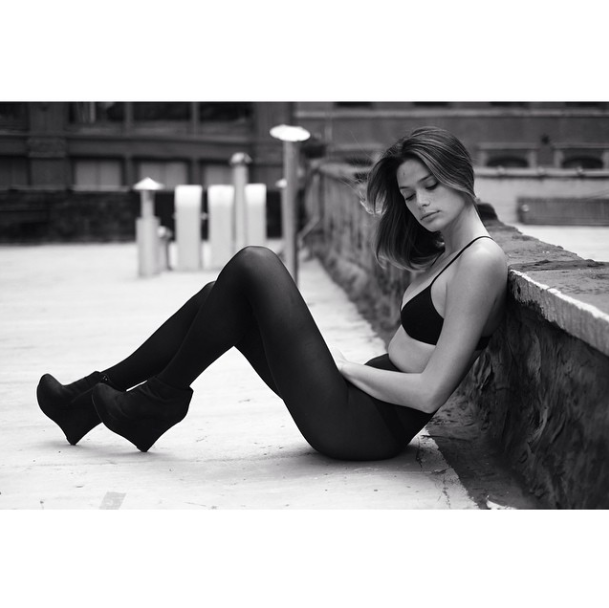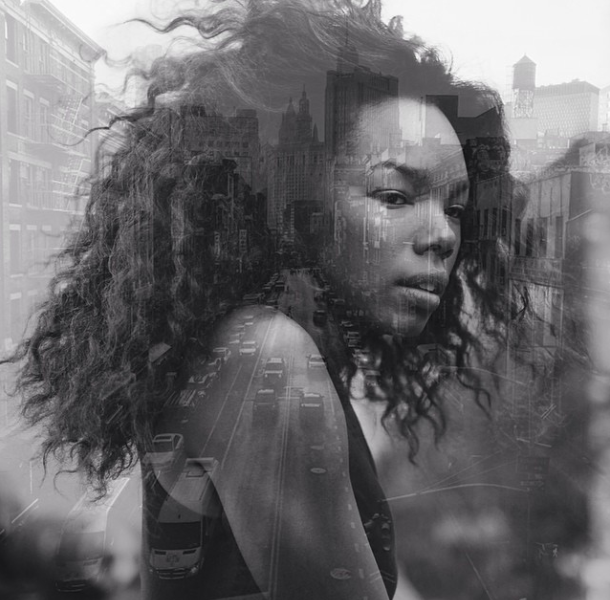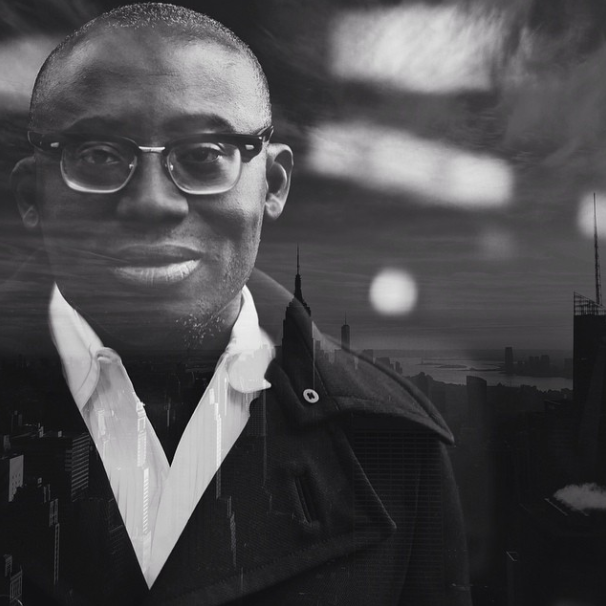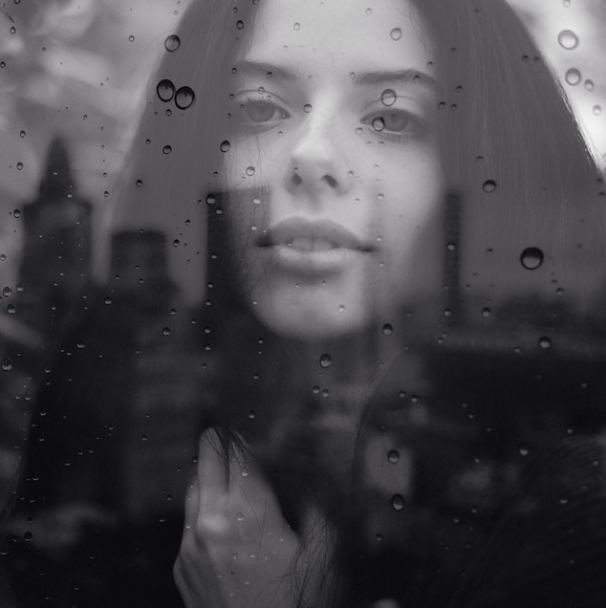Flavie Audi - Supernova
The Unlimited Magazine
She is a French - Lebanese, London based artist who focuses on capturing light and sensuality in a static object. This is an artist profile of one of the most interesting and promising artist today.
What is the key moment you got into glass?
During my last year at the architectural association I was making models in glass and developed my thesis on structural glass. Working by hand freed me from rational, linguistic and digital expressions. I was not only fascinated by the sculptural potential of glass but also by its power to create delicacy, subtlety and mystery, through the fluctuation of light. Since that moment I wanted to find out more about glass.
"Glass helps me to define an aesthetic of buoyancy, transparency, invisibility, ambiguity and sensuality.
Can you describe the process you go through to create work?
It starts with a strong intuition about an idea. I try to find my own language in a combination of different disciplines. I work with various makers and craftsmen to execute and materialize my ideas. I embrace simplicity and directness as a positive practice. Reduction and Distillation down to the essentials are fundamental in order to reconstruct, challenge and rebelliously twist conventional rules. By employing a more intimate relationship with the materials, an expression of sensuality and life can emerge. I look for hidden potentials, accidents and discoveries in materials to reveal aesthetic and technical qualities. I spend a lot of time experimenting with materials. Once I find a moment of beauty that intrigues me I investigate deeper, finding ways to celebrate it. My interests lie in creating experiences of mystery with spatial and visual encounters that invite contemplation and meditation. A kind of seeing; a release. I always think of the spatial dimension and impact of the work in space.
Where do you find your inspiration?
It is very different for each project. An idea can be very sudden, appearing from an unconscious link in the mind, or it can happen very slowly and gradually. It is about listening attentively to my intuition, and hearing when ideas arrive. Sometimes I find inspiration in kinetic properties, particularly fluidity and energy. On other occasions inspiration comes from a sense of comfort, excitement or interest that I feel during an encounter or while drawing. The acts of drawing and making are my main inspirational refuge. I find my creative energy in a constant ebb and flow, between designing and making. Most of the times it comes from a feeling of nothingness and clarity.
We know you describe your artwork as sensual, would you describe your architectural designs the same way?
There is no disconnection between my architectural, design and art thinking. This desire for sensuality came from a frustration towards minimal, dry, sterile architectural and design environment nowadays. I am irritated by the abuse of the generic minimal Zen aesthetic. I don’t feel that buildings are revealing life and humanity. I think that it would be interesting to combine a sense of simplicity, and more precisely clarity, together with life and sensuality. I try to reach sensuality with color and shapes that are formless and in constant state of flux suggesting indeterminacy and limitlessness.
"My main driving force in the process is the search for the sublime."
The art of glass making is very old, how do you think you are bringing it into the modern age? Do you consider yourself to be an old school artist when it comes to the digital age and social media?
Originality occurs when you add and combine different disciplines. I have never considered myself to be an ‘old school’ Artist, as I am not attached to only working with ancestral techniques. At the moment I am using analogue processes, but I always aim to challenge and rebelliously twist the conventions of any process. The aesthetic of my work is not classic in a traditional sense. The shapes, the senses of fleetingness and the colors have a certain similitude to a digital aesthetic. The cosmic visual appearance, the tactility of the work and the serendipitous making processes bring it to the modern age. I don’t approach glassmaking with a specific design to be executed but with technical challenges that break the conventional making process.
Glass blowing would generally be considered a masculine craft, by being one of the few women in the field do you feel you are changing that stereotype?
I am not a glassblower or a craftsman. I put in place the different stages of evolution, bringing together the craftsmen similar to choreography or orchestration.



